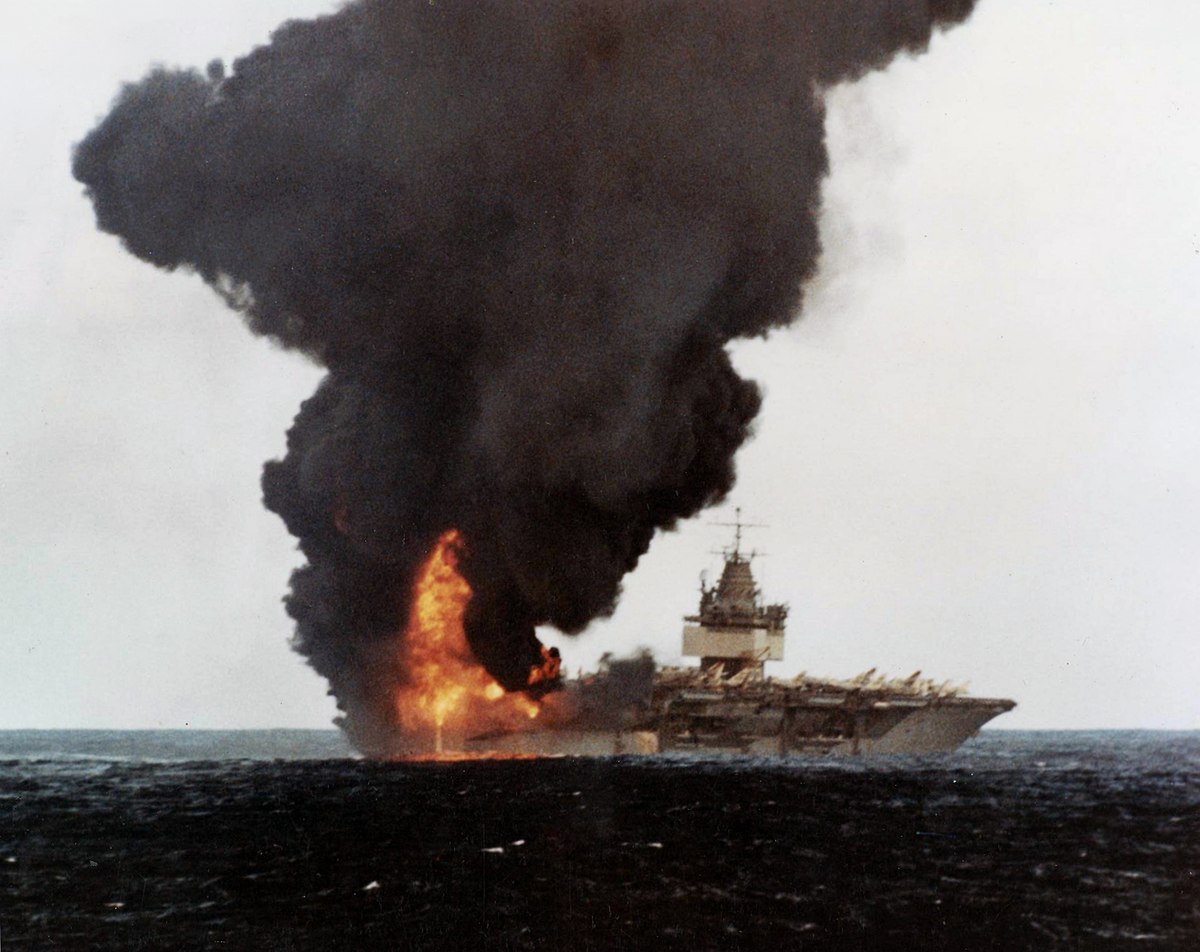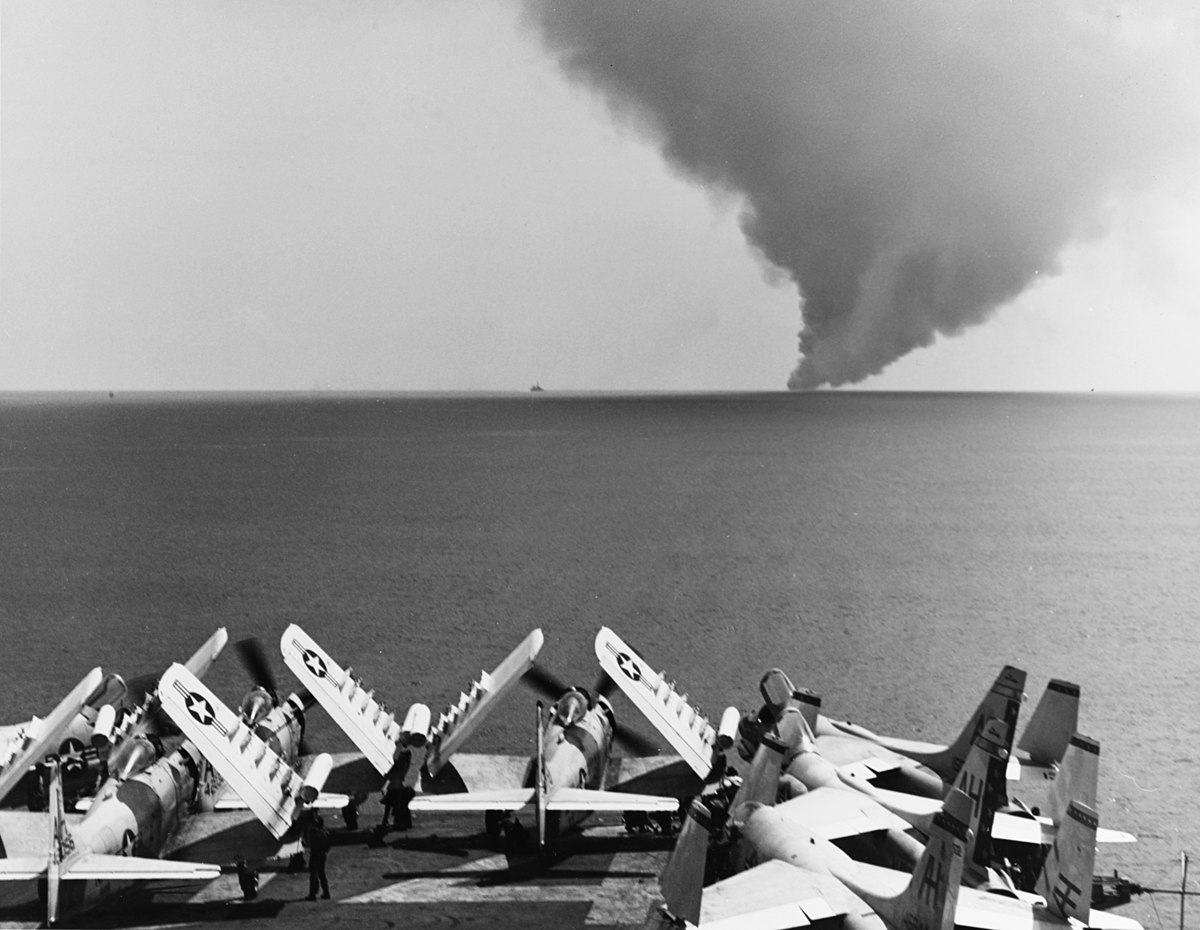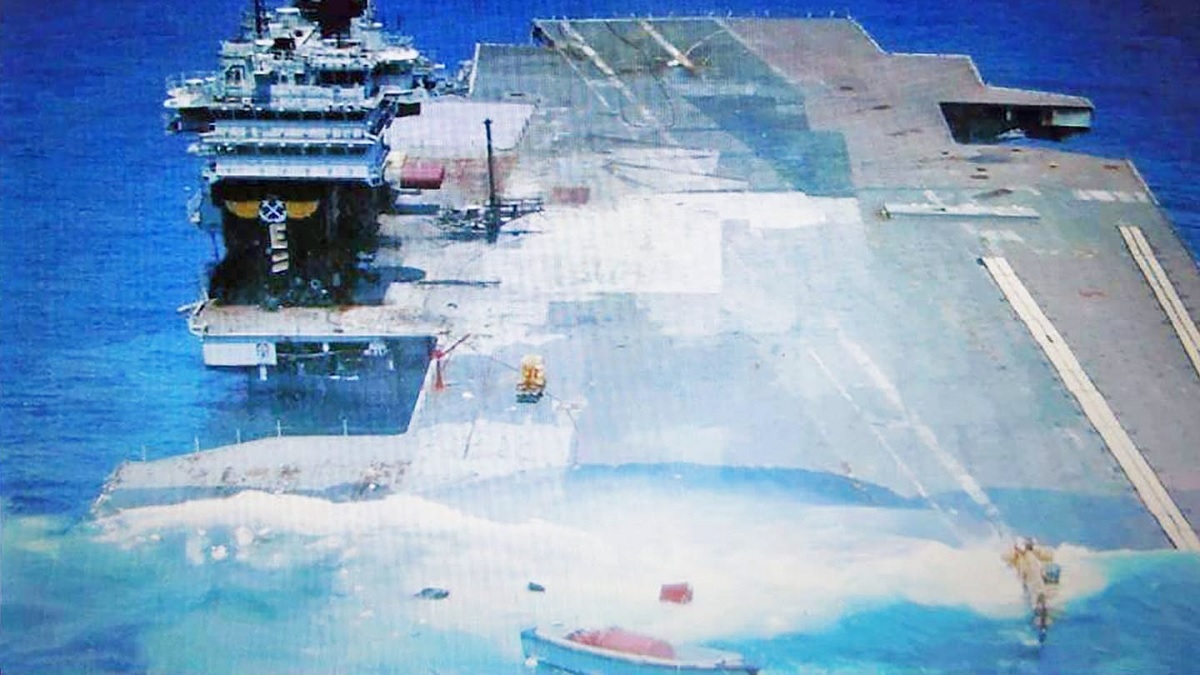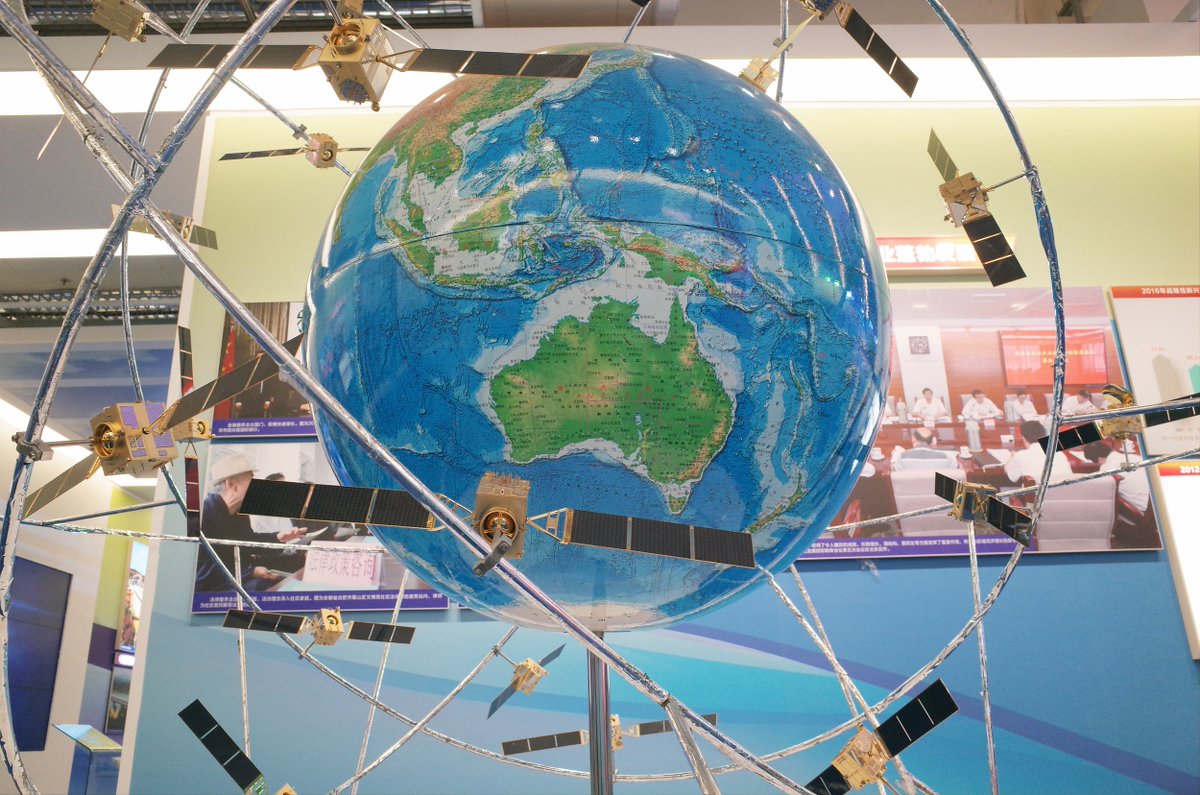Can US carriers survive an all-out attack from China?
The PLA can now use DF-21Ds to “attack ships, including aircraft carriers,” more than nine hundred miles awayBy DAVE MAKICHUK
NOVEMBER 5, 2021
Can high-tech lasers, improved missiles, better radar and improved networking better protect US carrier battle groups against advanced Chinese weapons?
We know that carriers will need to operate effectively in extremely high-risk combat environments.
So what are they up against?
China is forever touting the array of guided missiles its weaponeers have devised to pummel US Navy nuclear-powered aircraft carriers (CVNs).
Most prominent among them are its DF-21D and DF-26 antiship ballistic missiles (ASBMs), which the People’s Liberation Army (PLA) has made a mainstay of China’s anti-access/area-denial (A2/AD) defenses, Kris Osborn of National Interestreported.
Indeed, the most recent annual report on Chinese military power states matter-of-factly that the PLA can now use DF-21Ds to “attack ships, including aircraft carriers,” more than nine hundred statute miles from China’s shorelines.
Then there is China’s Xian H-6 bomber, a direct evolution of the vintage Tupolev Tu-16 BADGER. In its original Soviet guise, the aircraft was seen as a medium bomber, but with a long range.
It was not as large as the Tu-95 BEAR or M-4 BISON bombers, or as fast as the Tu-22M BACKFIRE. And in Russian service it was retired near 30 years ago. But in its Chinese form, it has been transformed into a potent bomber which is still formidable today, Naval News reported.
The current Chinese Navy version of the Tu-16 Badger has a number of basic upgrades besides avionics and weapons. The crew is reduced to three in a remodeled forward fuselage. And they are provided with ejection seats. The glazed nose is replaced by a large radome and the tail gun by an auxiliary power unit.
The most formidable capability seen on the H-6 is believed to be an anti-ship ballistic missile. This massive weapon is the largest air-launched missile in the world.
A single round has to be slung underneath the fuselage. And its primary prey is likely to be enemy aircraft carriers. For this reason, it has been widely dubbed a “carrier killer.” As far as strategic bombers go this capability is unique.
The hypersonic payload is likely to include a maneuvering reentry vehicle which allows it to hit a moving target. And it means that it much harder to counter because its flight trajectory is unpredictable.
Even without an explosive warhead the kinetic energy alone is likely to be enough to destroy a warship.
The concept, writes Osborn, is to stop an attack before it hits by using active defenses — a technological feat that is a huge priority for the Pentagon.
This is why ships, especially US Navy aircraft carriers, are engineered with extensive, layered networks of integrated defenses.
These defenses are integrated and far too many to cite, as they include long-range radar, satellite communications networking and air-surface-drone data-sharing connectivity.
These warships also come with electronic warfare systems to jam the guidance systems steering approaching weapons and also long, medium and short-range interceptors to eliminate threats.
Finally, a carrier’s escorts even have deck-mounted guns to fight off close-in threats.
The Navy is not only preparing a new SM-3IIA longer-range, larger and more precise interceptor for carrier strike groups but has also upgraded the SM-6 with a “dual-mode” seeker enabling it to send a forward ping from the missile itself and change course in flight to adjust to moving targets.
The Evolved Sea Sparrow Missile Block II is yet another upgraded weapon which can operate in “sea-skimming” and parallel the surface of the water to take out lower-flying incoming threats.
Laser defenses are no longer “on-the-horizon” but are already here arming surface ships.
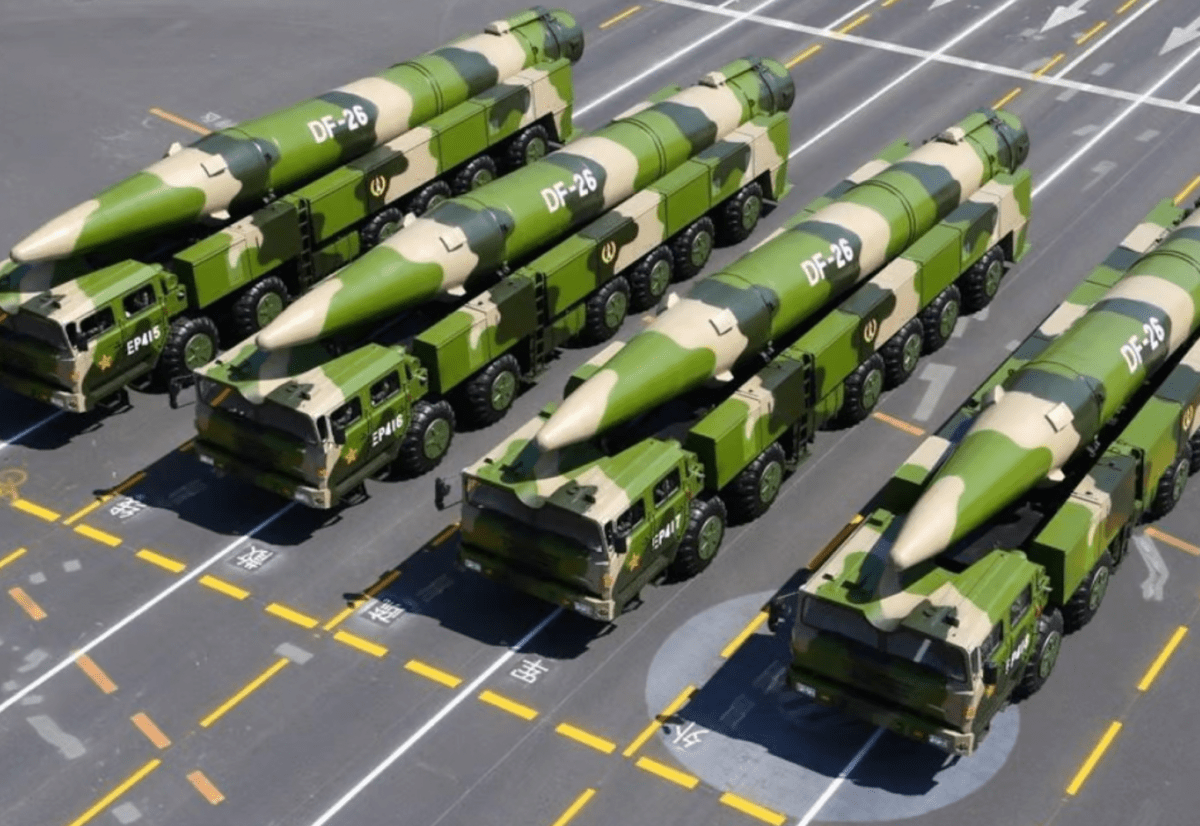
DF-21D and DF-26 antiship ballistic missiles (ASBMs) have become the mainstay of China’s anti-access/area-denial (A2/AD) defenses. Credit: Xinhua.
The problem, however, is that the nine-hundred-mile range cited for the DF-21D far exceeds the reach of carrier-based aircraft. A carrier task force, consequently, could take a heckuva beating just arriving on Asian battlegrounds.
And the range mismatch could get worse. Unveiled at the PLA’s military parade through Beijing last fall, the DF-26 will reportedly sport a maximum firing range of 1,800-2,500 miles.
If Chinese technology continues to progress, PLA ballistic missiles could menace US and allied warships plying the seas anywhere within Asia’s second island chain. The upper figure for DF-26 range, moreover, would extend ASBMs’ reach substantially beyond the island chain.
Therefore, it is not surprising that layered ship defense systems are fast improving to incorporate a wider sphere of weapons, newer applications and an entire generation of new technologies.
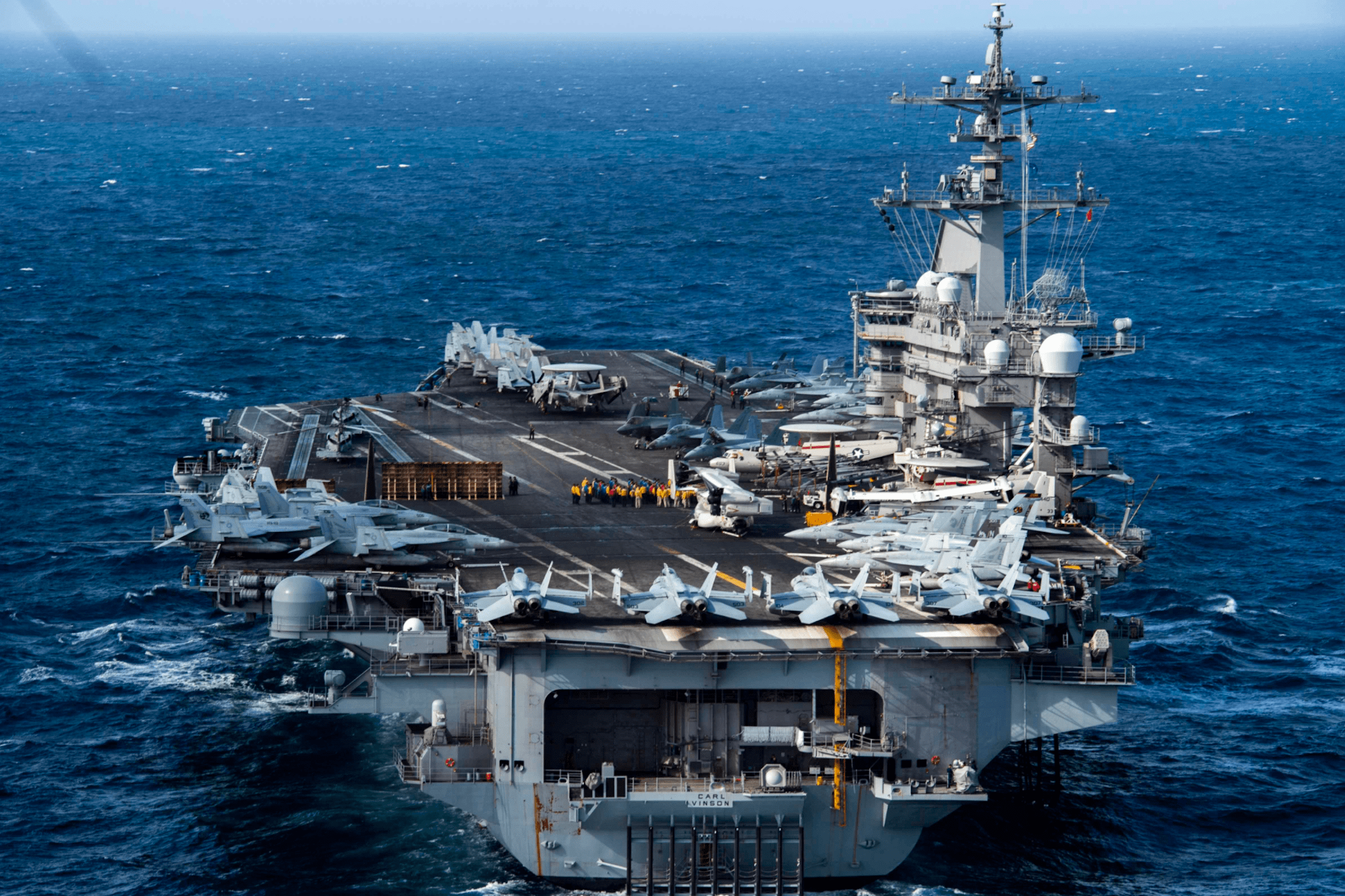
Can US carriers survive an all-out attack from China? - Asia Times
It's the $64 question military analysts are pondering. Can high-tech lasers, improved missiles, better radar and improved networking better protect US
 asiatimes.com
asiatimes.com




